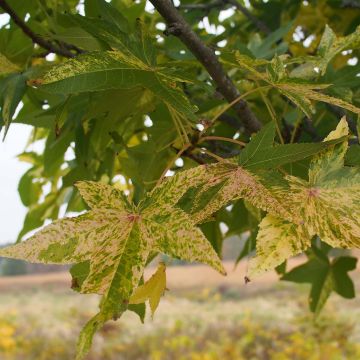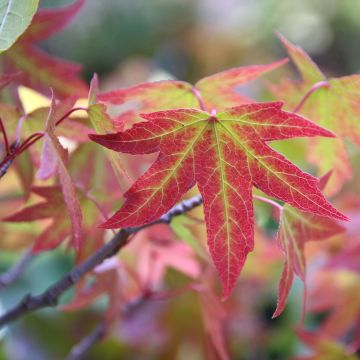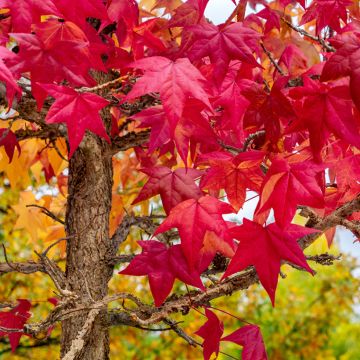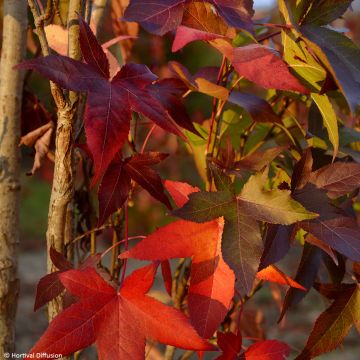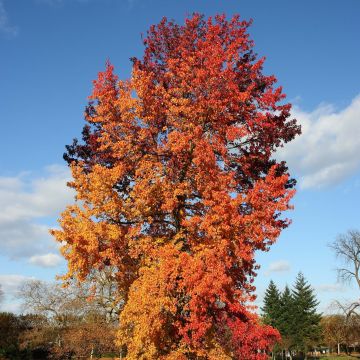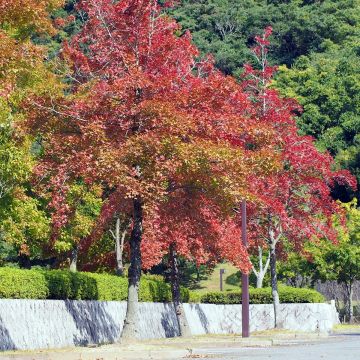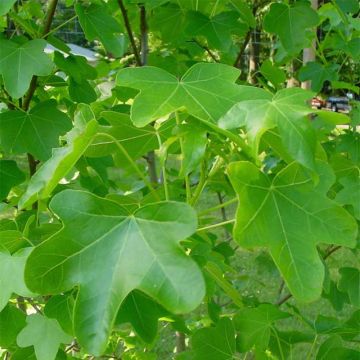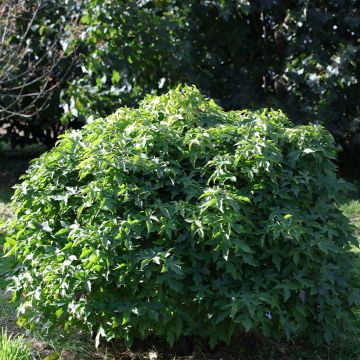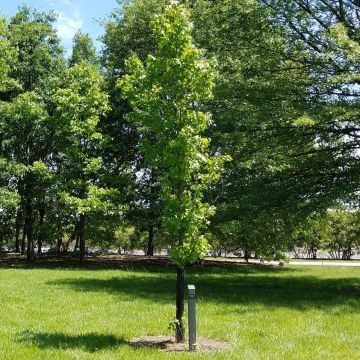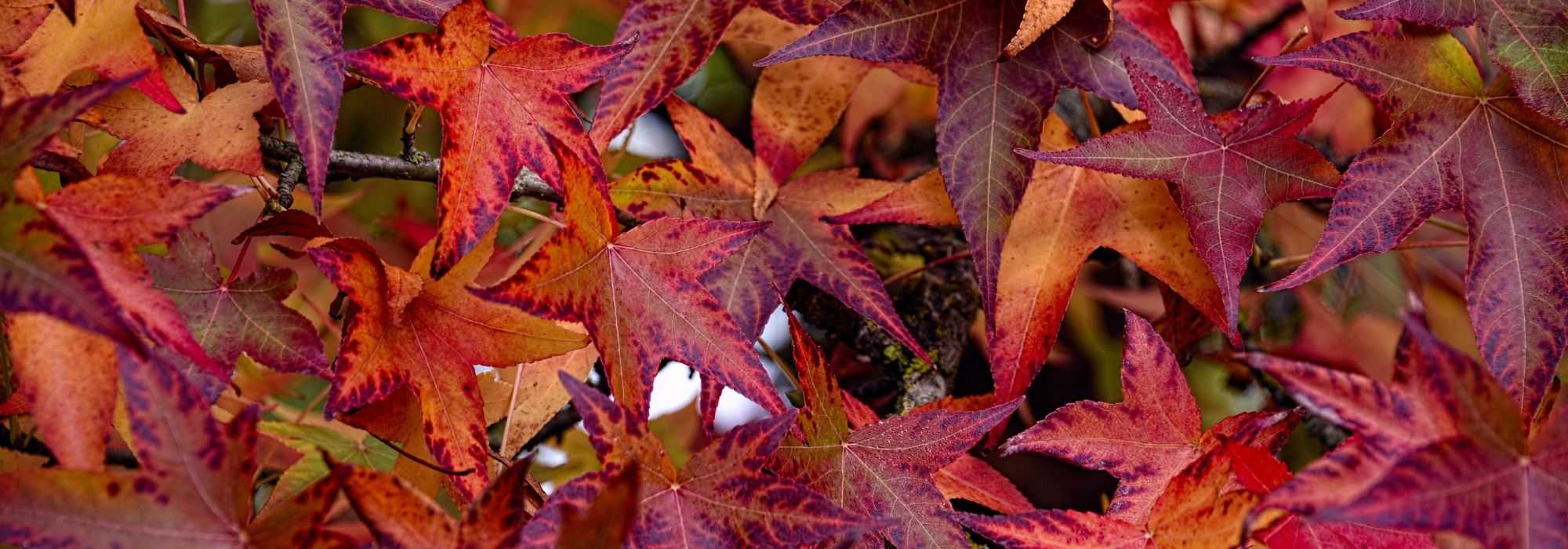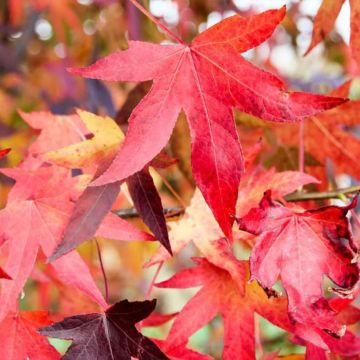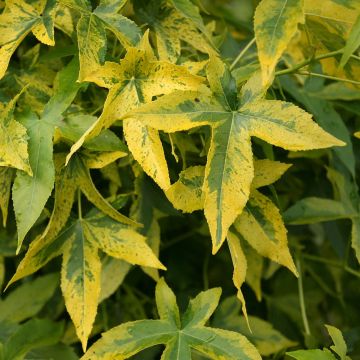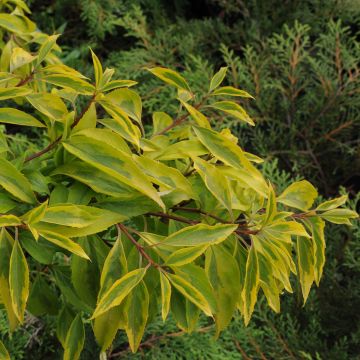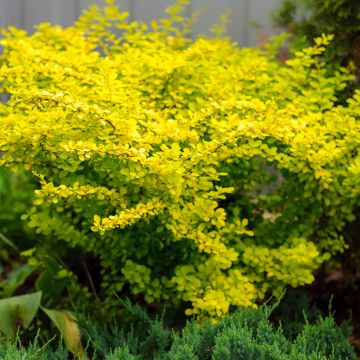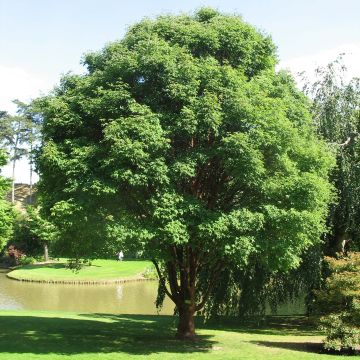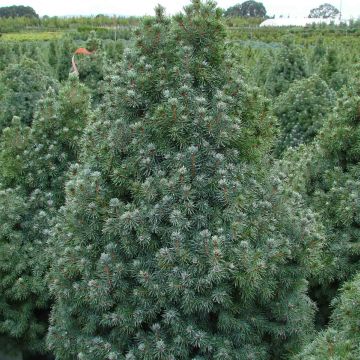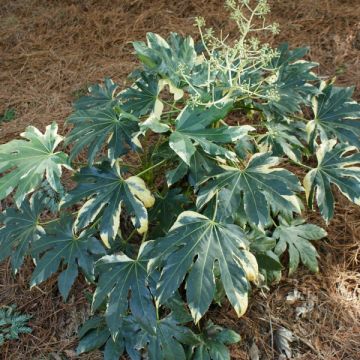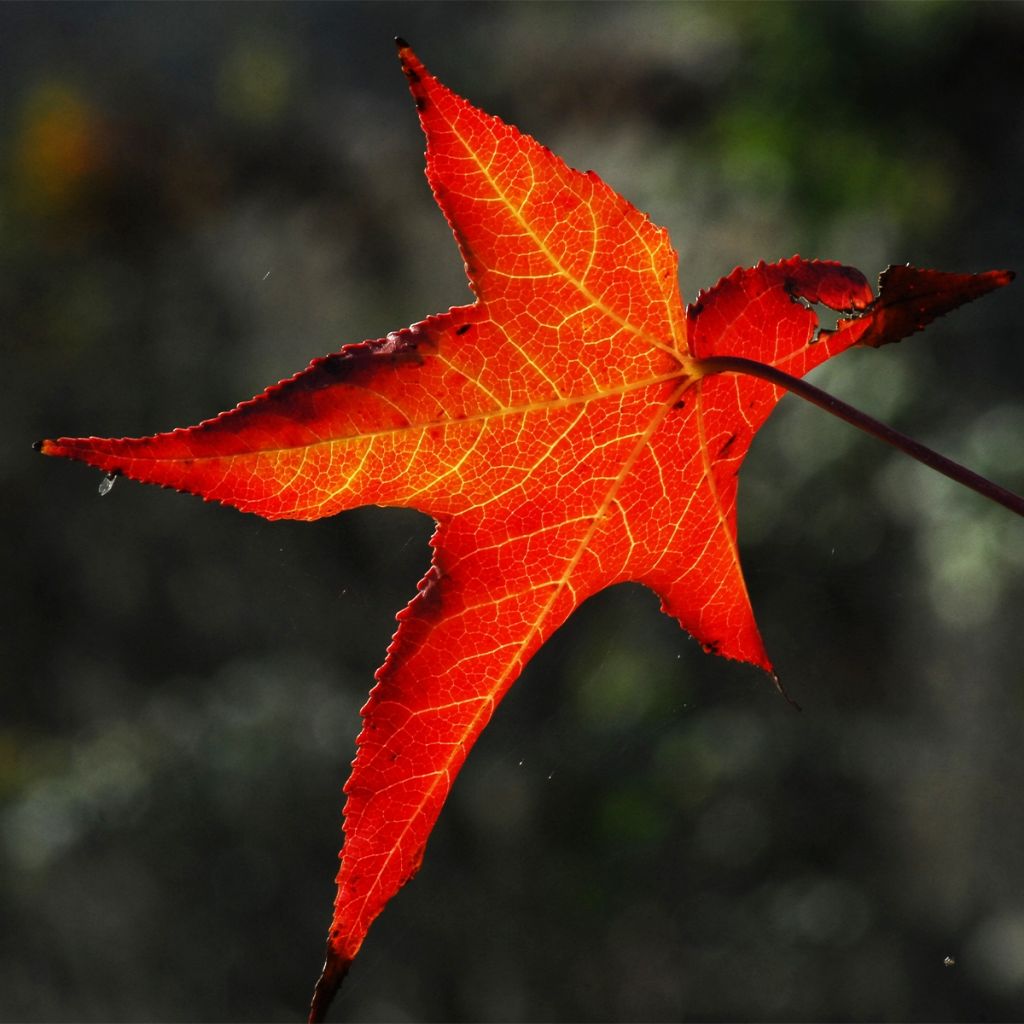

Liquidambar styracyflua Stella - American Sweetgum
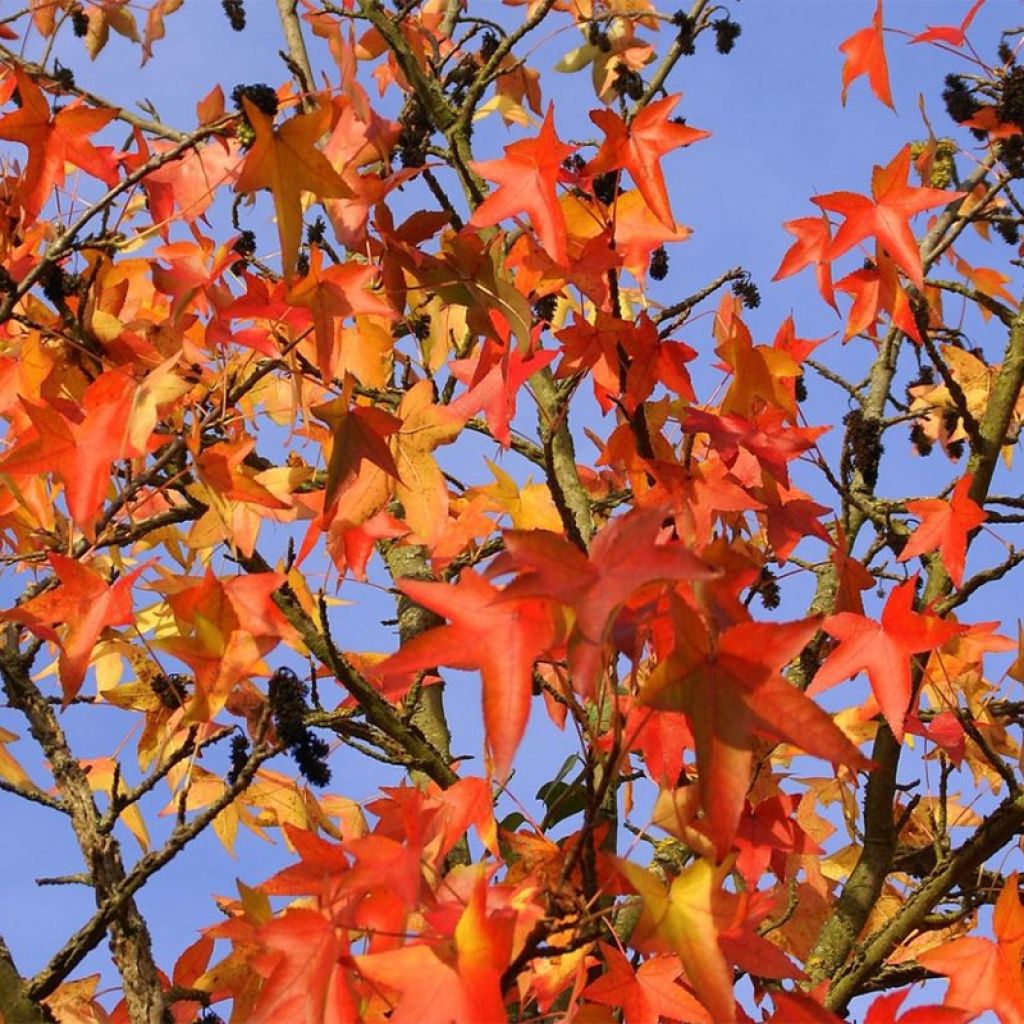

Liquidambar styracyflua Stella - American Sweetgum
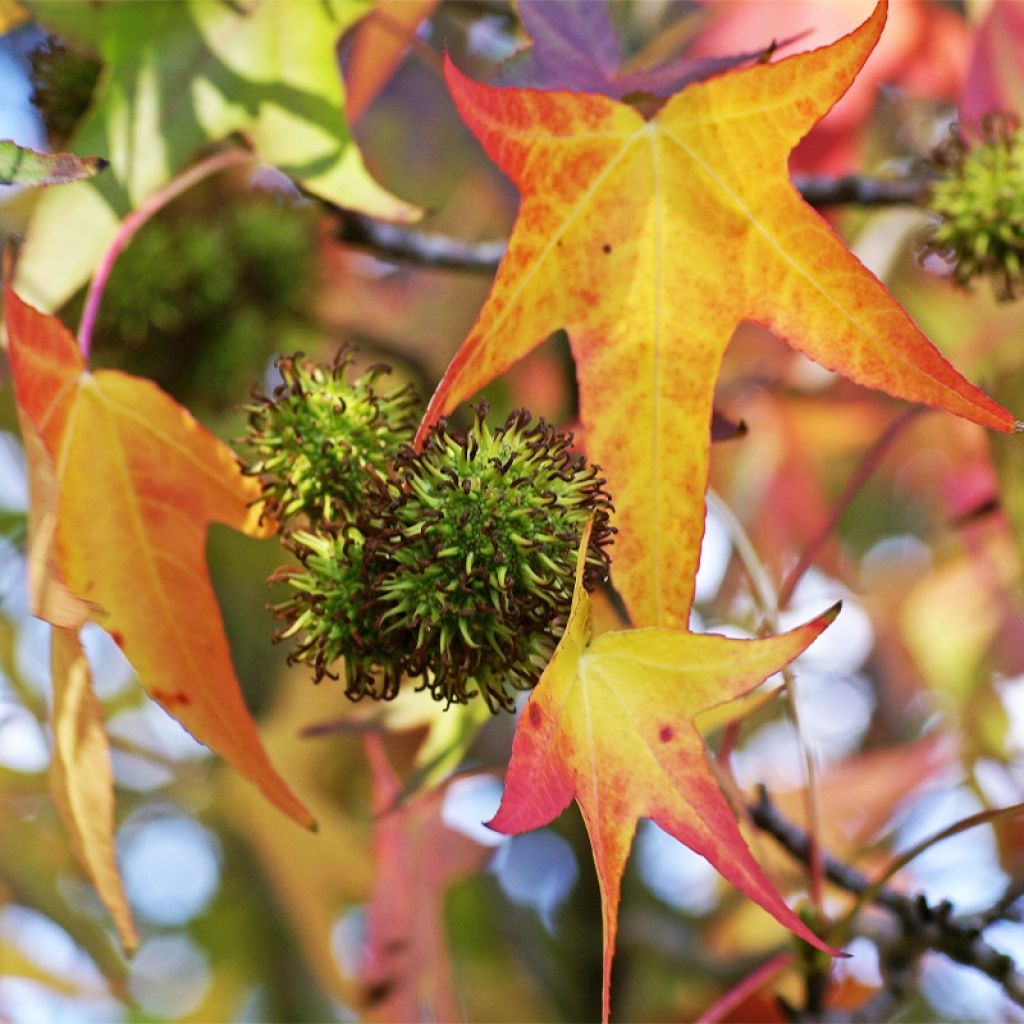

Liquidambar styracyflua Stella - American Sweetgum
Liquidambar styracyflua Stella - American Sweetgum
Liquidambar styracyflua Stella
American Sweetgum, Redgum, Satin-walnut, Alligator-wood
Special offer!
Receive a €20 voucher for any order over €90 (excluding delivery costs, credit notes, and plastic-free options)!
1- Add your favorite plants to your cart.
2- Once you have reached €90, confirm your order (you can even choose the delivery date!).
3- As soon as your order is shipped, you will receive an email containing your voucher code, valid for 3 months (90 days).
Your voucher is unique and can only be used once, for any order with a minimum value of €20, excluding delivery costs.
Can be combined with other current offers, non-divisible and non-refundable.
Why not try an alternative variety in stock?
View all →This plant carries a 24 months recovery warranty
More information
We guarantee the quality of our plants for a full growing cycle, and will replace at our expense any plant that fails to recover under normal climatic and planting conditions.
Would this plant suit my garden?
Set up your Plantfit profile →
Description
Liquidambar styraciflua 'Stella', or Sweet gum 'Stella', is a bushy tree with a conical to pyramidal habit that can also be pruned to maintain a bushy shape. Its large palmate leaves are star-shaped (stella in Latin) and have deeply cut lobes. Some lobes are themselves further divided, giving the leaves an extremely decorative appearance throughout the season. In autumn, the foliage changes from yellow to crimson red, providing a spectacle that lasts for several weeks. It has a moderate growth compared to other Sweetgums, making it perfectly suited for small gardens.
Belonging to the Altingiaceae family (formerly Hamamelidaceae), the Sweet gum 'Stella' will grow into a small tree reaching about 6 to 10 metres (19 feet 8 inches to 32 feet 10 inches) in height and 3 to 4 metres (9 feet 10 inches to 13 feet 1 inch) in width. By shaping it as a bush and pruning it at the end of each winter, its height can be limited to 3 or 4 metres (9 feet 10 inches or 13 feet 1 inch) and its width to 2.50 or 3 meters (8 feet 2 inches or 9 feet 10 inches).
Its growth is moderate, around 40 cm (15.7 in) per year. The 15-20 cm (5.9-7.9 in) leaves with particularly narrow and cut lobes are shiny green. The first leaves in spring have entire lobes and a star-like appearance. The leaves that emerge during the season have serrations on the lobes, giving them an astonishing architectural design that evokes snow crystals. They develop wonderful autumnal colours ranging from yellow to bright red, persisting on the tree for a long time. The inconspicuous spring flowers then give way to curious green balls about 3 cm (1.2 in) in diameter, adorned with pointed protrusions that are very ornamental. The bark is smooth and grey.
This hardy tree appreciates deep, moist, and humus-rich soils, and can tolerate brief periods of flooding. It prefers slightly acidic to neutral soils, without excessive limestone.
Perfect for limited spaces or medium-sized gardens, the 'Stella' Sweetgum will benefit from a clear and sunny location where its natural habit can fully express itself. In well-drained soil, it can be associated with the Cercidiphyllum japonicum, the caramel tree, planted in the background. The heart-shaped leaves of the latter will contrast with the angular leaves of the Sweetgum, offering an original contrast during the season. Another contrast in autumn, the pink, yellow, and orange autumn colours of the Cercidiphyllum will be enhanced by the powerful red of the Liquidambar.
In the same vein, the foreground can accommodate a bush such as the 'Midwinter Fire' dogwood (Cornus sanguinea 'Midwinter Fire'), whose yellow autumn foliage will work wonders at the base of the scarlet Sweetgum. After the leaves have fallen, the grey bark of the Sweetgum will highlight the coral-red shoots of the dogwood.
Liquidambar styracyflua Stella - American Sweetgum in pictures
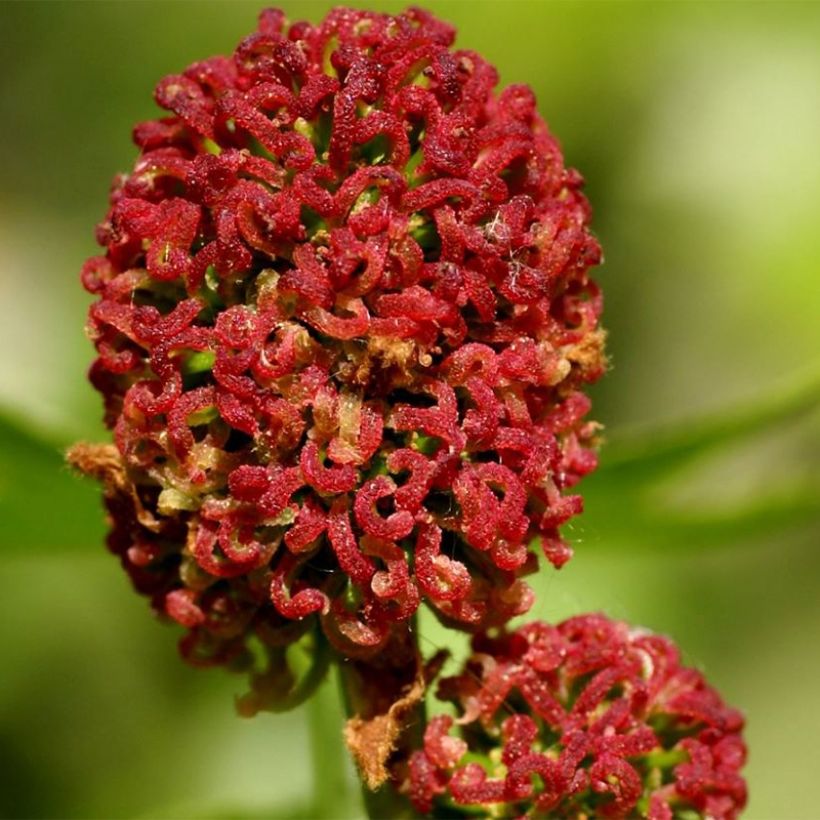

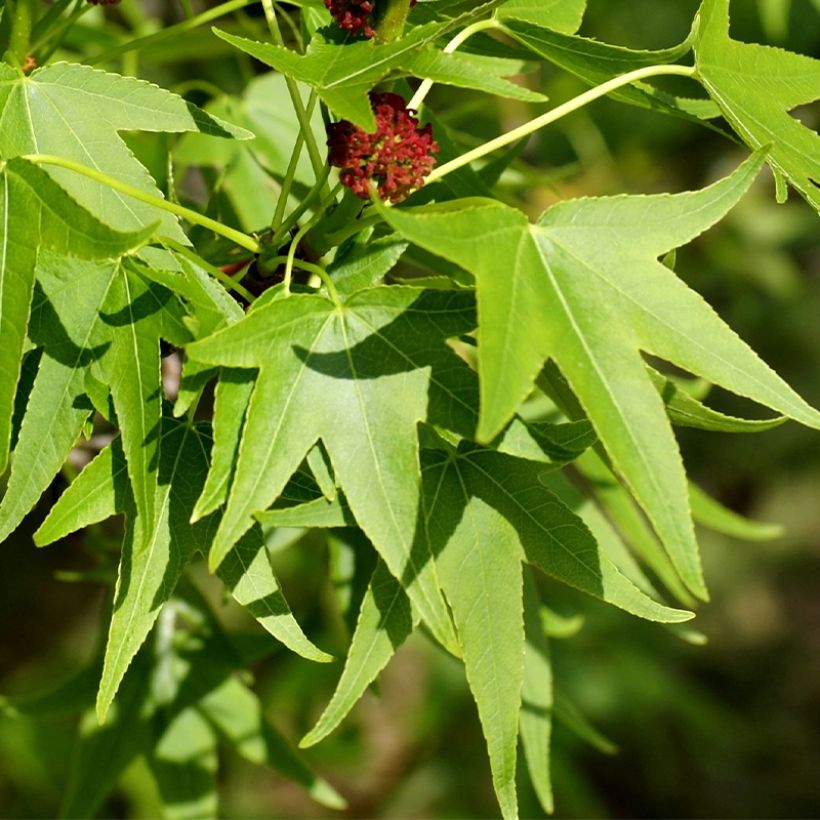

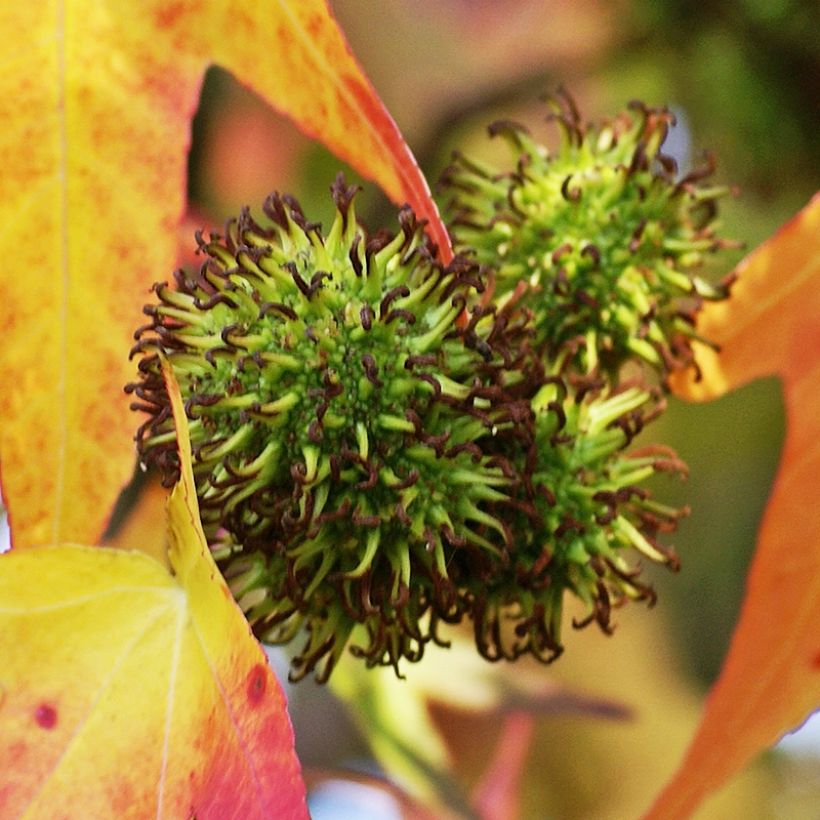

Plant habit
Flowering
Foliage
Botanical data
Liquidambar
styracyflua
Stella
Altingiaceae
American Sweetgum, Redgum, Satin-walnut, Alligator-wood
Cultivar or hybrid
Other Liquidambar - Sweetgum
View all →Planting and care
Liquidambar styraciflua Stella thrives in the sun, sheltered from strong winds, in light and deep soil, moist but not marshy (tolerates short periods of flooding once established). It should be planted in neutral to slightly acidic soil, definitely not chalky, preferably humus-bearing and loamy. Pruning is not necessary, unless one wishes to maintain it in a shrub-like habit, which is quite easy. Indeed, once shaped, it tends to keep its appearance and a light pruning at the end of winter will suffice to maintain its proportions. Water regularly in the first few years to help it establish. It is resistant to diseases and pests.
Planting period
Intended location
Care
Planting & care advice
This item has not been reviewed yet - be the first to leave a review about it.
Similar products
Haven't found what you were looking for?
Hardiness is the lowest winter temperature a plant can endure without suffering serious damage or even dying. However, hardiness is affected by location (a sheltered area, such as a patio), protection (winter cover) and soil type (hardiness is improved by well-drained soil).

Photo Sharing Terms & Conditions
In order to encourage gardeners to interact and share their experiences, Promesse de fleurs offers various media enabling content to be uploaded onto its Site - in particular via the ‘Photo sharing’ module.
The User agrees to refrain from:
- Posting any content that is illegal, prejudicial, insulting, racist, inciteful to hatred, revisionist, contrary to public decency, that infringes on privacy or on the privacy rights of third parties, in particular the publicity rights of persons and goods, intellectual property rights, or the right to privacy.
- Submitting content on behalf of a third party;
- Impersonate the identity of a third party and/or publish any personal information about a third party;
In general, the User undertakes to refrain from any unethical behaviour.
All Content (in particular text, comments, files, images, photos, videos, creative works, etc.), which may be subject to property or intellectual property rights, image or other private rights, shall remain the property of the User, subject to the limited rights granted by the terms of the licence granted by Promesse de fleurs as stated below. Users are at liberty to publish or not to publish such Content on the Site, notably via the ‘Photo Sharing’ facility, and accept that this Content shall be made public and freely accessible, notably on the Internet.
Users further acknowledge, undertake to have ,and guarantee that they hold all necessary rights and permissions to publish such material on the Site, in particular with regard to the legislation in force pertaining to any privacy, property, intellectual property, image, or contractual rights, or rights of any other nature. By publishing such Content on the Site, Users acknowledge accepting full liability as publishers of the Content within the meaning of the law, and grant Promesse de fleurs, free of charge, an inclusive, worldwide licence for the said Content for the entire duration of its publication, including all reproduction, representation, up/downloading, displaying, performing, transmission, and storage rights.
Users also grant permission for their name to be linked to the Content and accept that this link may not always be made available.
By engaging in posting material, Users consent to their Content becoming automatically accessible on the Internet, in particular on other sites and/or blogs and/or web pages of the Promesse de fleurs site, including in particular social pages and the Promesse de fleurs catalogue.
Users may secure the removal of entrusted content free of charge by issuing a simple request via our contact form.
The flowering period indicated on our website applies to countries and regions located in USDA zone 8 (France, the United Kingdom, Ireland, the Netherlands, etc.)
It will vary according to where you live:
- In zones 9 to 10 (Italy, Spain, Greece, etc.), flowering will occur about 2 to 4 weeks earlier.
- In zones 6 to 7 (Germany, Poland, Slovenia, and lower mountainous regions), flowering will be delayed by 2 to 3 weeks.
- In zone 5 (Central Europe, Scandinavia), blooming will be delayed by 3 to 5 weeks.
In temperate climates, pruning of spring-flowering shrubs (forsythia, spireas, etc.) should be done just after flowering.
Pruning of summer-flowering shrubs (Indian Lilac, Perovskia, etc.) can be done in winter or spring.
In cold regions as well as with frost-sensitive plants, avoid pruning too early when severe frosts may still occur.
The planting period indicated on our website applies to countries and regions located in USDA zone 8 (France, United Kingdom, Ireland, Netherlands).
It will vary according to where you live:
- In Mediterranean zones (Marseille, Madrid, Milan, etc.), autumn and winter are the best planting periods.
- In continental zones (Strasbourg, Munich, Vienna, etc.), delay planting by 2 to 3 weeks in spring and bring it forward by 2 to 4 weeks in autumn.
- In mountainous regions (the Alps, Pyrenees, Carpathians, etc.), it is best to plant in late spring (May-June) or late summer (August-September).
The harvesting period indicated on our website applies to countries and regions in USDA zone 8 (France, England, Ireland, the Netherlands).
In colder areas (Scandinavia, Poland, Austria...) fruit and vegetable harvests are likely to be delayed by 3-4 weeks.
In warmer areas (Italy, Spain, Greece, etc.), harvesting will probably take place earlier, depending on weather conditions.
The sowing periods indicated on our website apply to countries and regions within USDA Zone 8 (France, UK, Ireland, Netherlands).
In colder areas (Scandinavia, Poland, Austria...), delay any outdoor sowing by 3-4 weeks, or sow under glass.
In warmer climes (Italy, Spain, Greece, etc.), bring outdoor sowing forward by a few weeks.






























